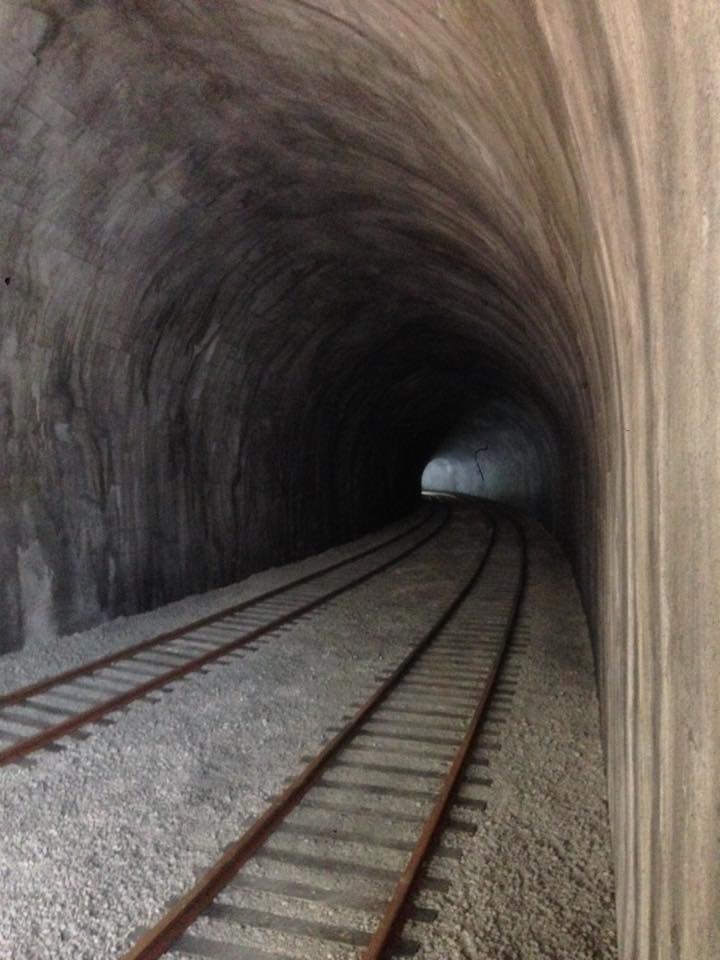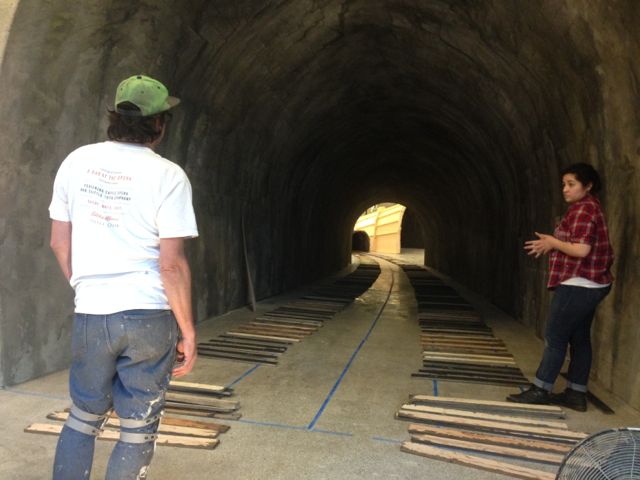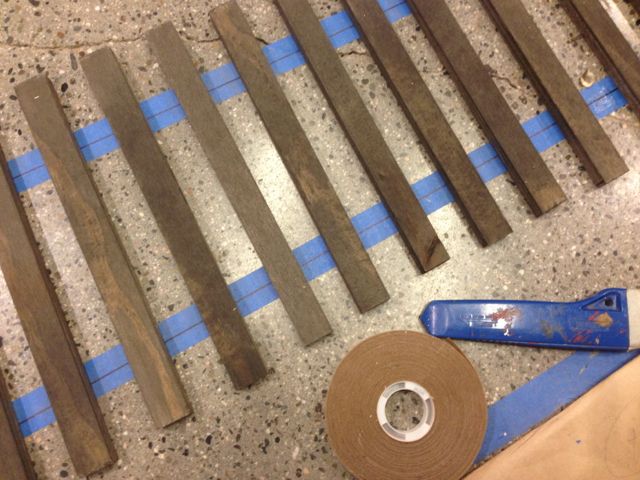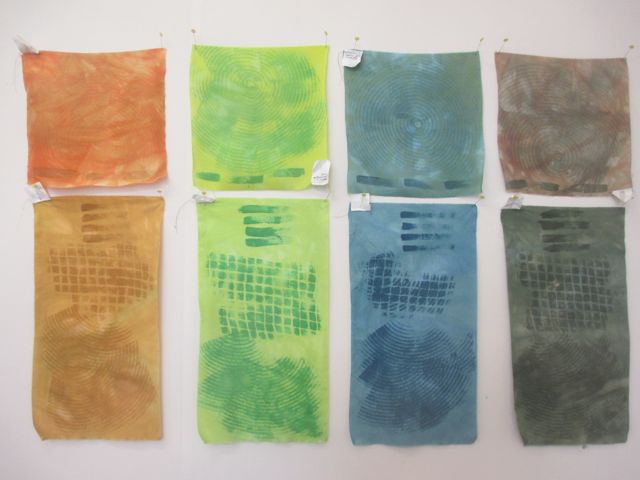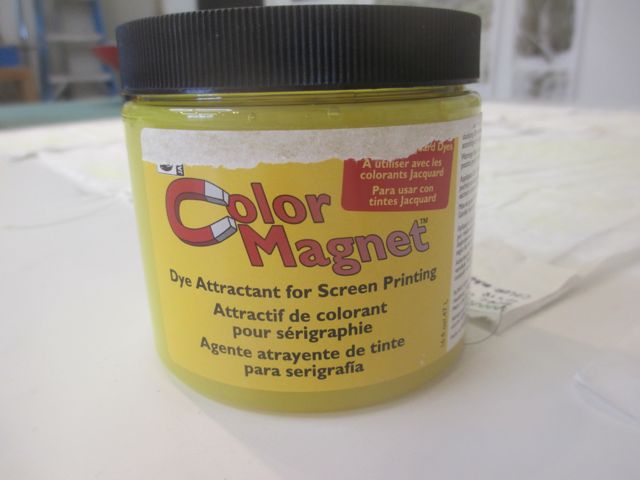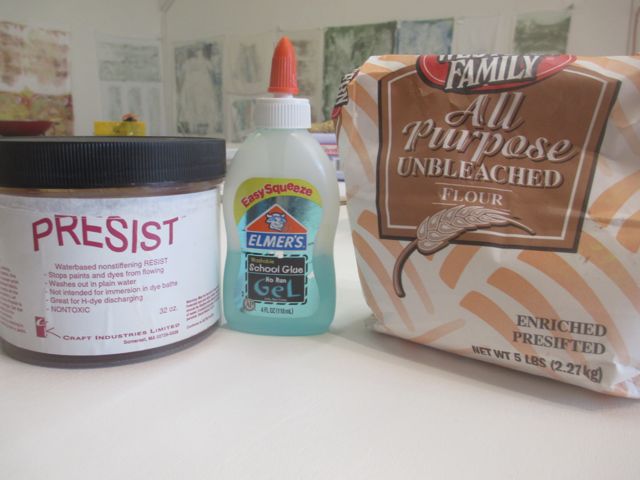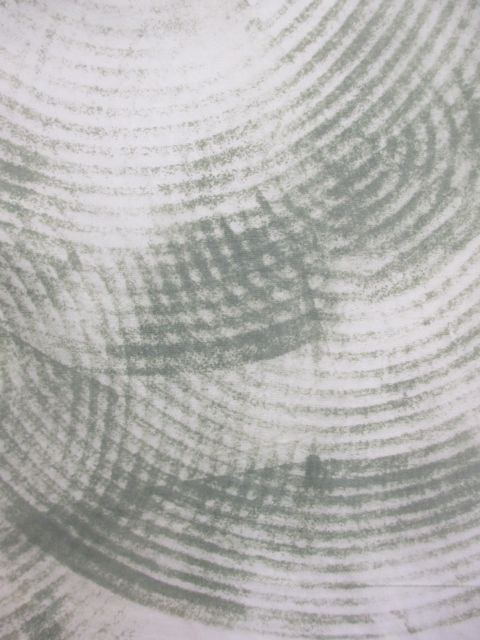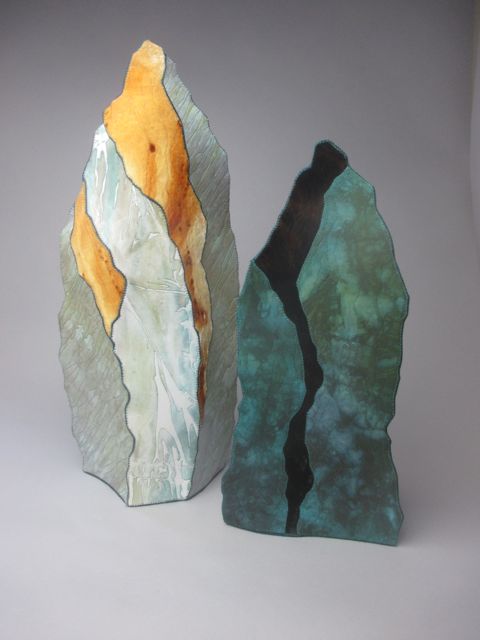Last week I had the great pleasure of working with Rick Araluce on the finishing touches of his installation, The Great Northern, at MadArt in Seattle. I’ve been a big fan of Rick’s since I saw his installation, Uprising, at Suyama Space. Rick plays with scale to help us really see what surrounds us, usually something plebeian like a stack of pallets in front of an eroded brick wall. Sometimes the works are miniatures and sometimes larger than life, but all are meticulously crafted and just a little bit creepy. He’s a truly gifted artist whose day job as a scenic artist at the Seattle Opera contributes to his ability to create magical deception.
So when I found out that Rick was creating a half-size scale replica of the train tunnel that runs under Seattle in the MadArt gallery space, I was determined to lend a hand. A little bit pushy, even. Rick knows my work and that I’m pretty detail-minded myself, so he invited me to come down and help.
I spent the first day with Lara Ann, a student at Cornish, laying out the rail road ties, sized from 7/16″ to 3-5/8″ wide and then affixing them to the floor. When I returned two days later, Rick had laid the rails, and Lara Ann and I spent the day on our knees packing gravel in between the ties and rails. We gradated it in size from playground sand in the very back of the tunnel to 1/4,” to 3/8,” and finally to 5/8″ to keep the illusion of the forced perspective. I relate to the gestalt of taking care of every detail. Probably no one will ever see some of those details, but they are sure to sense if something is wrong.
It was fun to be down at MadArt, too. I was an artist in the first MadArt project, creating The Act of Becoming as part of The Window Art Project. I got a chance to catch up with Alison Milliman, the Founder and to get to know Tim Detweiler, the Director. The have a great mission, supporting artists creating large-scale installations. I really got more credit from them than I felt I deserved for my contribution, but there’s a lot to be said for showing up at the right time with the right attitude.
I have been so lucky in my work to have fabulous volunteers help me realize my own large-scale projects. It felt good to give back, paying it forward, or backward, or something like that. It was fun to just show up and help Rick, and not have to do the hard work of planning or thinking, but just putting in time and labor. It’s like my long ago days in theater, or working on the Solstice Parade, where everyone does their part to make the whole.
And really, although the work itself was somewhat grueling, there was plenty of joy in it, too. While I was working in the back of the tunnel, brushing tiny gravel fragments between the ties with a brush, Scott Bennet who designed the sound and lights for the installation and Rick were fine-tuning the sound. Inside the tunnel, hearing the sound of a train approaching from a distance and then retreating over and over again, I experienced a little shift in reality. For a moment, I was a giant in relation to my surroundings, filling the Great Northern before the moment passed, and I was myself again.
And then there was the laughing. Rick is the funniest Guggenheim Fellow I know. Anytime Dude, really.
The Great Northern
Exhibit: January 17th-February 27th, 2016
Hours: Wednesday-Saturday, 12-6pm (and by appointment)
